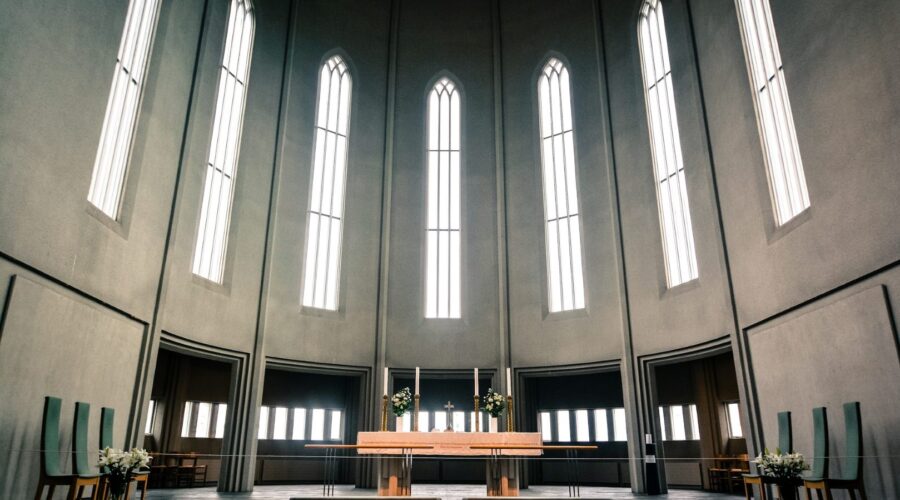Your cart is currently empty!
National Shrines: A Symbol of Faith, History, and Cultural Significance

Introduction
National shrines are sacred sites that hold immense religious, historical, and cultural significance for a nation. These hallowed grounds are often dedicated to a particular deity, a revered figure, or an important event that has shaped the national identity. National shrines serve as beacons of faith, pilgrimage destinations, and symbols of unity and heritage.
Types of National Shrines
Religious Shrines
- Dedicated to revered deities, saints, or religious figures
- Examples: Basilica of the National Shrine of the Immaculate Conception (Washington, D.C.), Our Lady of Lourdes Shrine (France)
Historical Shrines
- Commemorate significant historical events or individuals
- Examples: National Mall (Washington, D.C.), Gettysburg National Military Park (Pennsylvania)
Cultural Shrines
- Represent important aspects of a nation’s culture and heritage
- Examples: Stonehenge (United Kingdom), Great Sphinx of Giza (Egypt)
Significance of National Shrines
Religious Significance
- Provide a sacred space for worship, prayer, and contemplation
- Foster devotion, pilgrimage, and spiritual connection
Historical Significance
- Preserve memories of past events, people, and sacrifices
- Offer a tangible connection to a nation’s history and heritage
Cultural Significance
- Reflect a nation’s values, beliefs, and artistic traditions
- Provide insight into the evolution of a society’s cultural identity
Examples of National Shrines
United States
- Lincoln Memorial
- Martin Luther King Jr. Memorial
France
- Sacré-Cœur Basilica
- Notre-Dame Cathedral
Italy
- Vatican City
- St. Peter’s Basilica
Visiting a National Shrine
Planning
- Check for visitation schedules, closures, and special events
- Dress respectfully and adhere to any dress codes
- Be mindful of religious protocols and respectful of sacred spaces
Conduct
- Maintain a respectful demeanor and avoid loud or disruptive behavior
- Follow designated paths and stay within marked areas
- Respect the privacy of worshippers and avoid interfering with religious ceremonies
Conclusion
National shrines are invaluable treasures that embody the spirit of a nation. They are places of spiritual devotion, historical remembrance, and cultural heritage. Visiting a national shrine is a profound experience that enriches our understanding of a country, its people, and its values. By preserving and respecting these sacred sites, we ensure their enduring significance for generations to come.